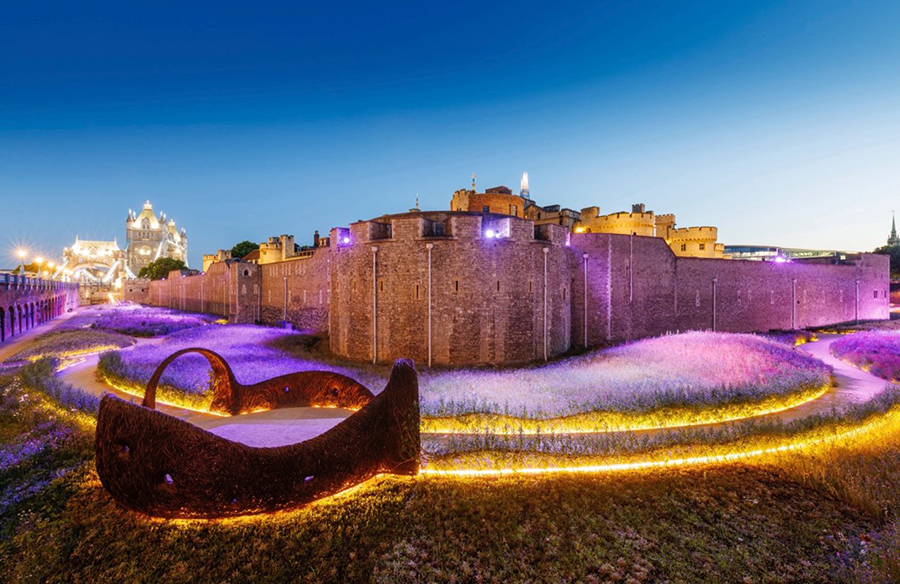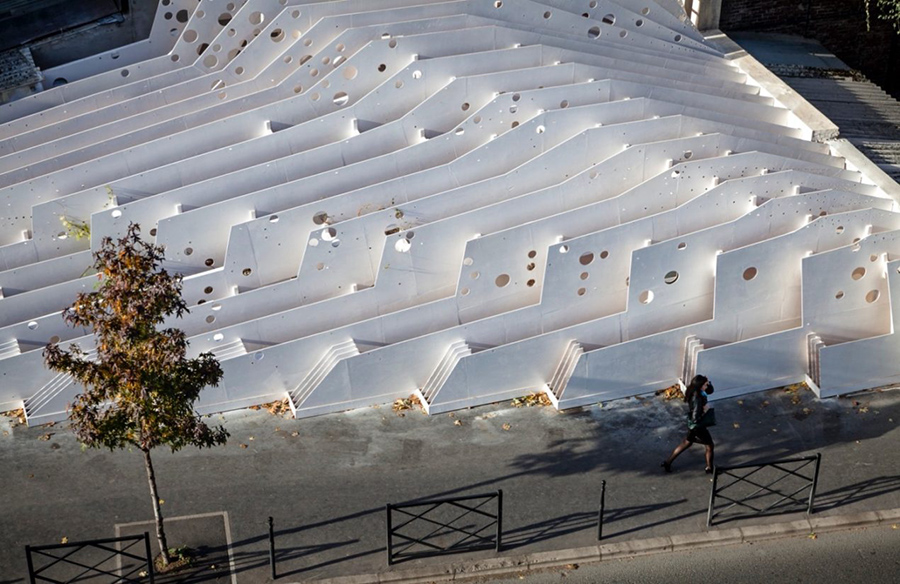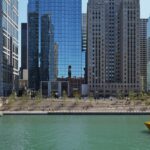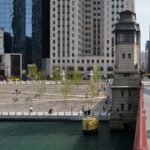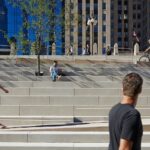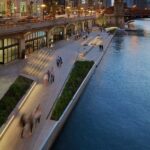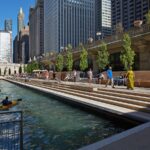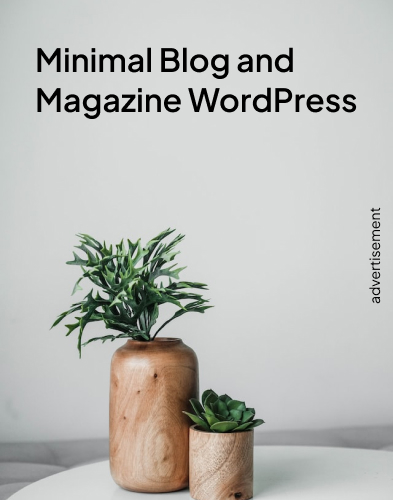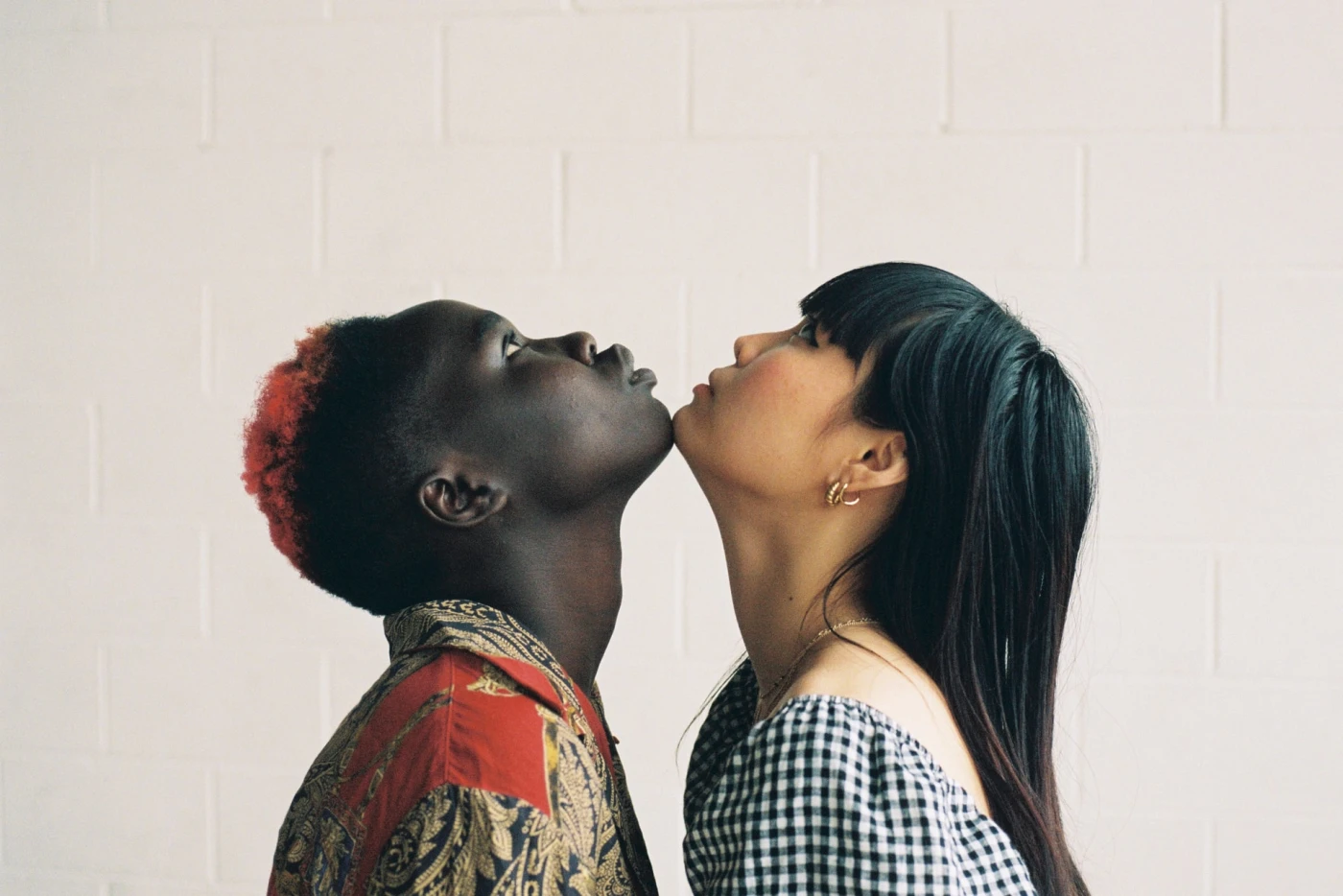Transforming Urban Spaces: The Chicago Riverwalk

Historical Context
The Chicago River has played a pivotal role in the city’s development, reflecting its growth and evolution over time. Originally a marshy stream, the river underwent engineering efforts to support industrialization. The famous reversal of the river’s flow, initiated by Daniel Burnham’s vision, introduced a new era of riverside promenades. Today, the Chicago Riverwalk project aims to reclaim the river for ecological, recreational, and economic purposes.

Reclaiming the River
Despite past pollution challenges, recent improvements in water quality have paved the way for the river’s revitalization. Led by the Chicago Department of Transportation and Ross Barney Architects, Phase One of the Riverwalk, including Veteran’s Memorial Plaza and the Bridgehouse Museum Plaza, marked a significant milestone in this endeavor.

Vision and Implementation
In subsequent phases, a multidisciplinary team, including Sasaki, Alfred Benesch Engineers, and Jacobs/Ryan Associates, worked on expanding the Riverwalk. Facing technical challenges such as limited build-out space and flood dynamics, the team devised innovative solutions to create pedestrian connections and enhance program spaces.
Design Concept
Rather than conventional linear pathways, the team envisioned a dynamic system that adapts to the river’s contours and offers diverse experiences. Each block along the Riverwalk represents a distinct typology, ranging from marinas and theaters to water plazas and jetties, catering to various recreational and educational activities.
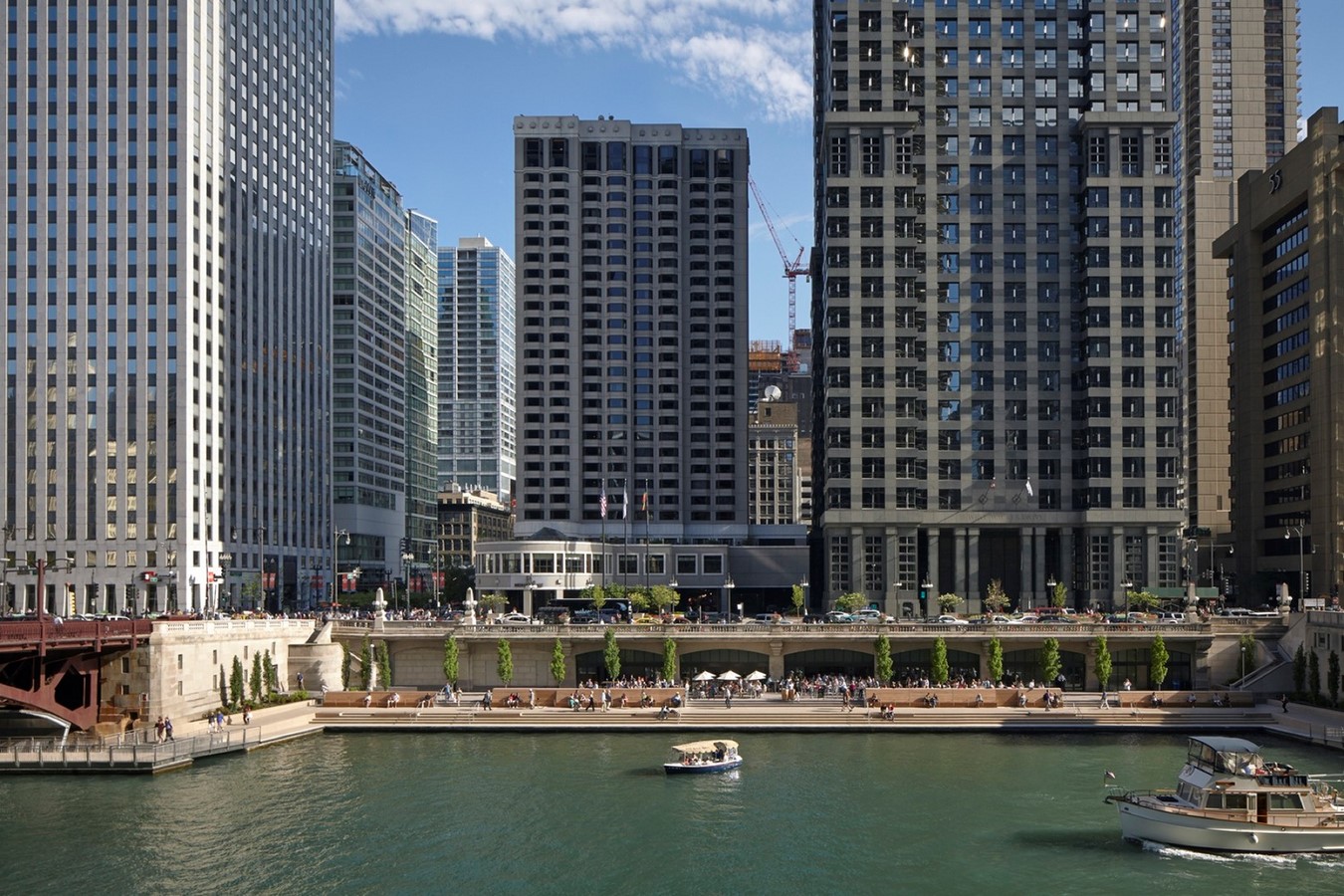
Enhancing Connectivity
The Riverwalk fosters connectivity between the city and its river, offering amenities such as outdoor seating, kayak rentals, and interactive learning environments. By embracing the river’s ecology and cultural significance, the project transforms the waterfront into a vibrant public space.
Integrated Design
Visual cohesion is achieved through careful selection of materials and architectural details. From refined cut stone to rugged precast planks, design elements complement the surrounding urban context while providing continuity along the Riverwalk.
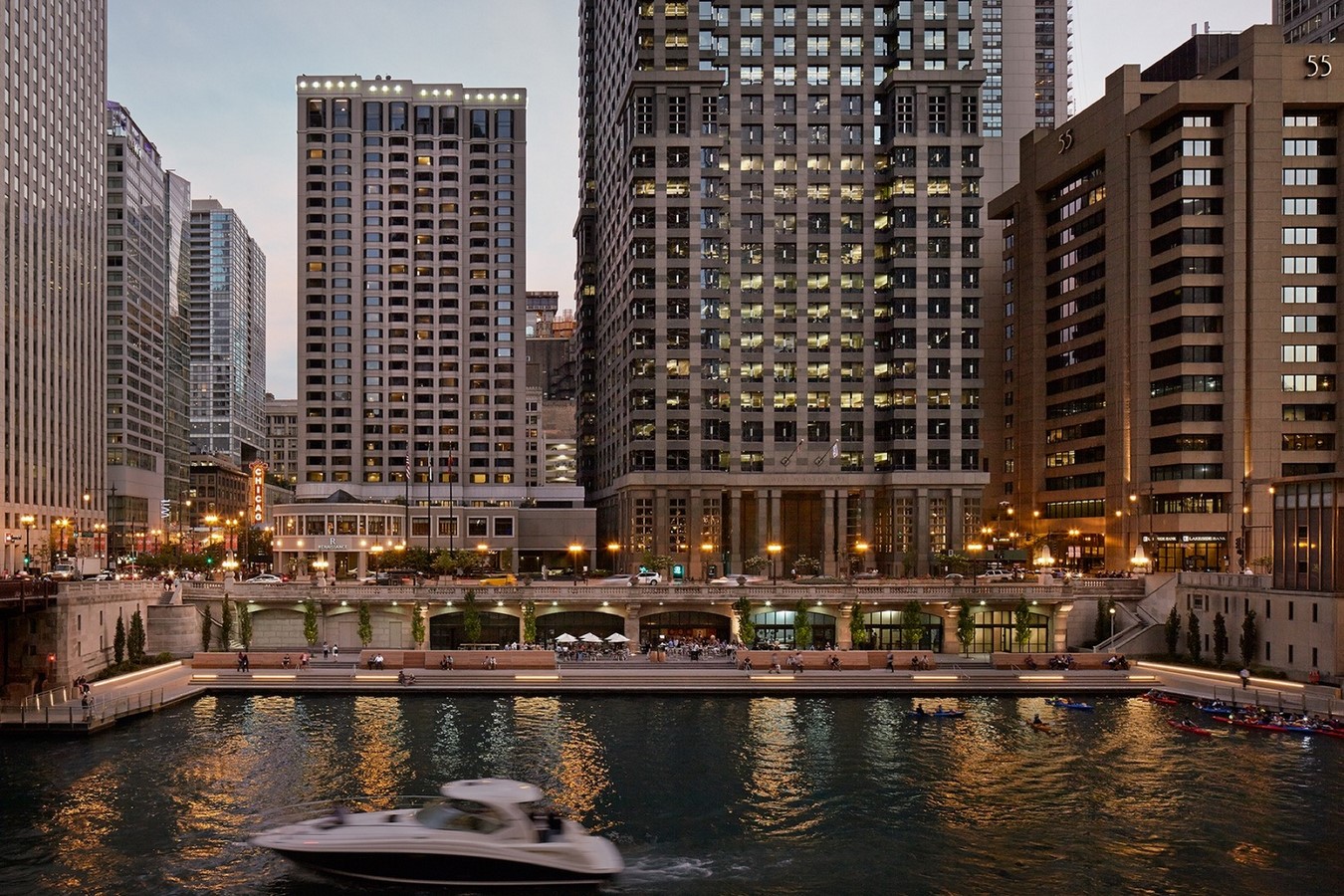
Future Prospects
With construction underway for additional blocks, the Chicago Riverwalk continues to evolve as a symbol of urban renewal and community engagement. By integrating nature, culture, and recreation, it reaffirms the city’s commitment to sustainable development and public accessibility.


